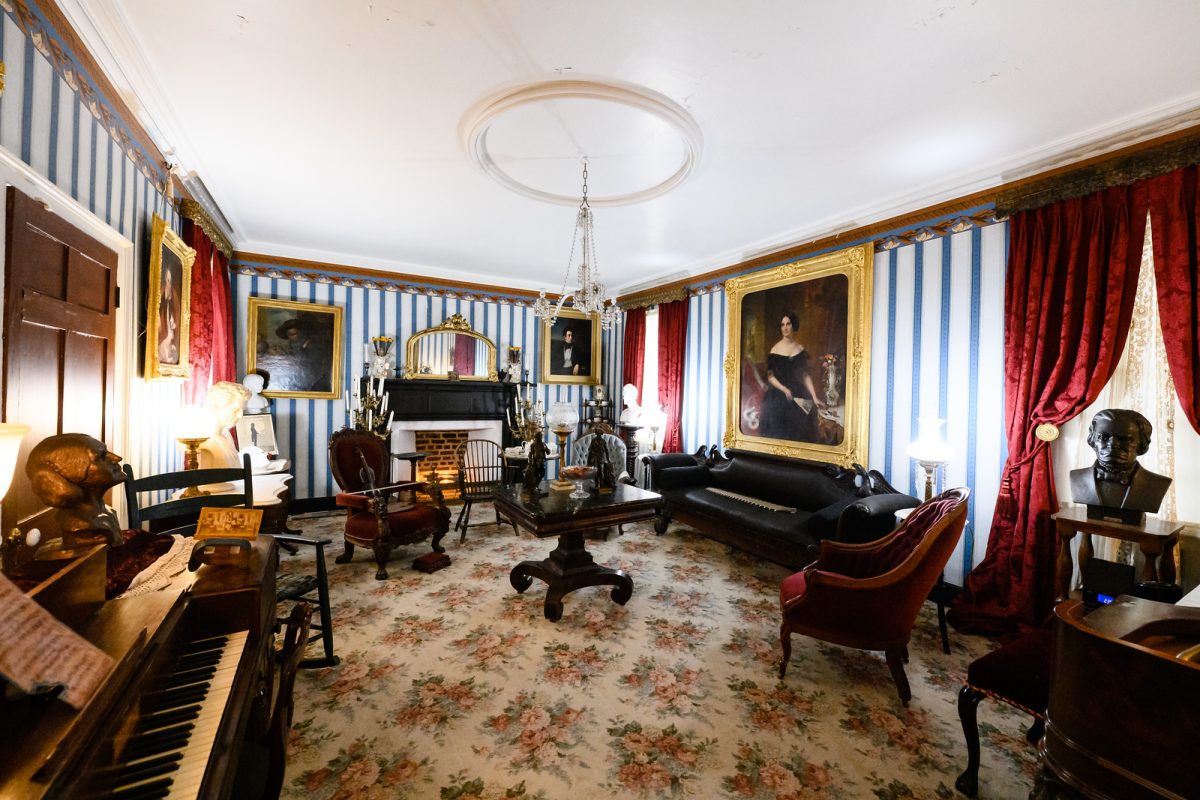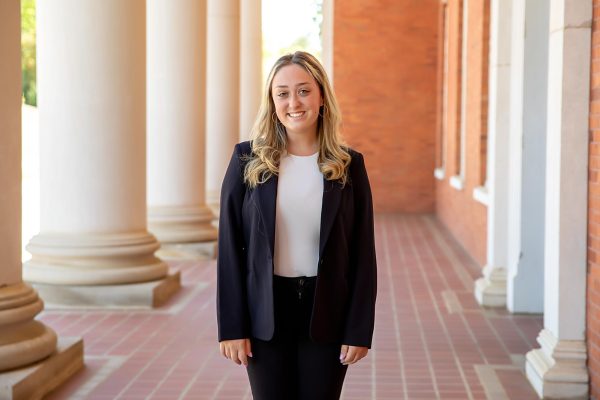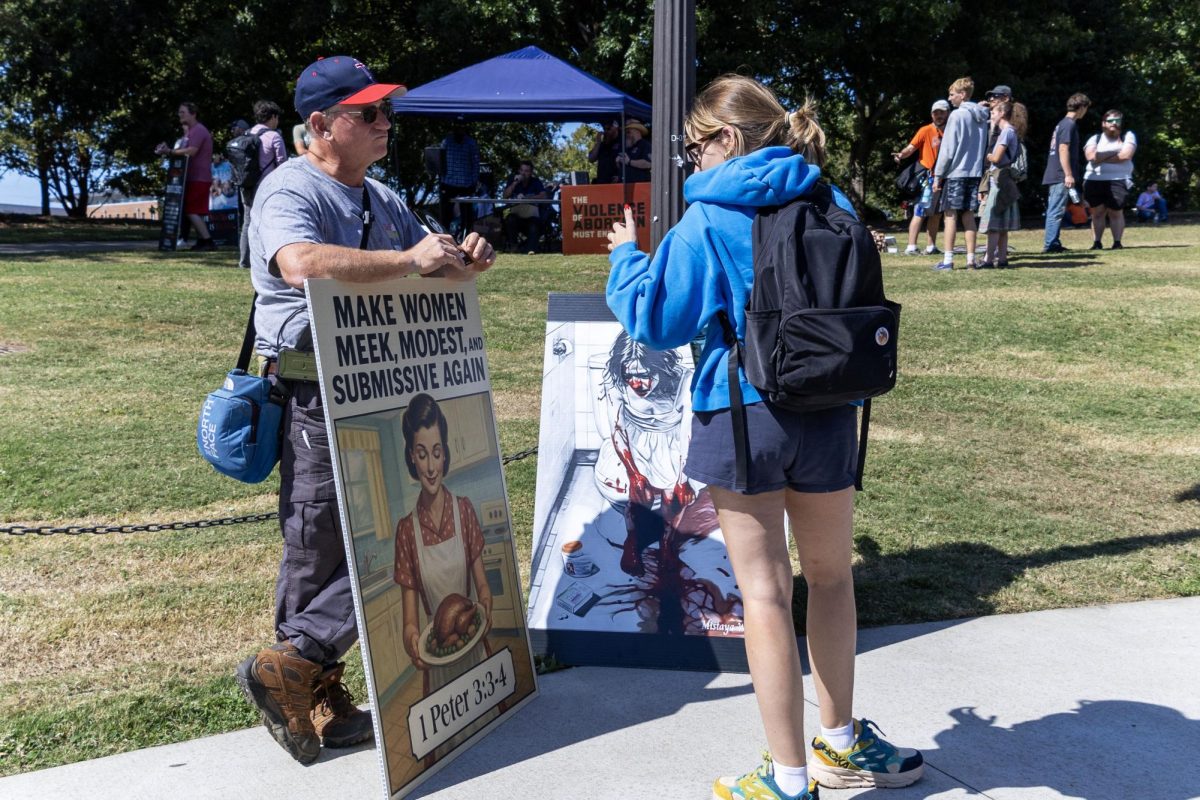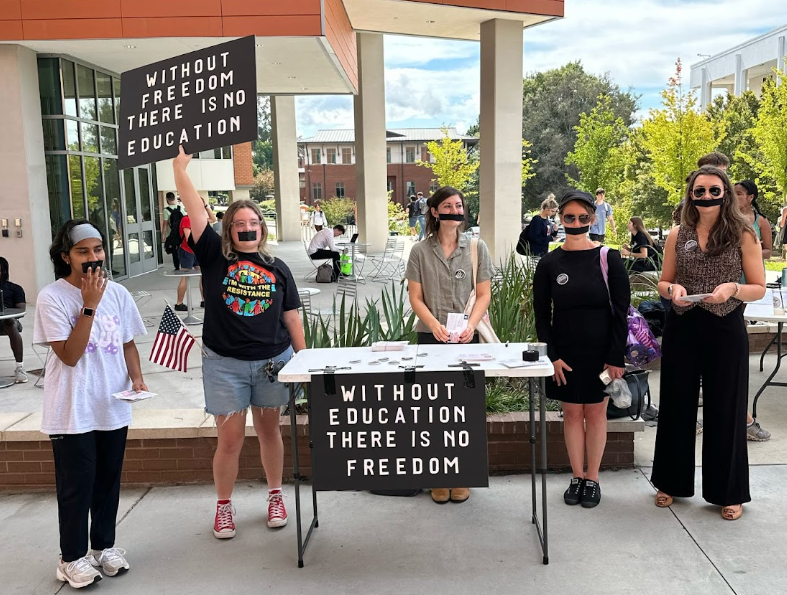Clemson’s Fort Hill has applied for a grant that will lead to museum accreditation from the American Alliance of Museums. With this grant, the University’s Department of Historic Properties hopes to progress in hiring a consultant who will produce a strategic plan to demonstrate Fort Hill’s history accurately.
The department is striving to create a more cohesive story to be shared during their tours. They have applied for the African American Cultural Heritage Action Fund, which would provide a consultant to assist in incorporating the African American aspect of the house’s story, according to Mari Noorai, the interim director of the Department of Historic Properties.
This grant would produce a five-year strategic plan to guide the department moving forward, and help them revise and revisit the Fort Hill mission statement.
With all of these revisions, Noorai will create a packet for all future tour guides to have accurate information to share with the visitors. She will be utilizing faculty, students, descendants and community members to get different perspectives on what should be shared.
Alongside improving the accuracy of the history of Fort Hill, another update being made to regain the house’s authenticity is changing the exterior colors. After conducting a paint analysis, the Preservation South team notified Rick Owens, the historic preservation officer, that the exterior would be an antique white instead of the house’s current shade of white.
“In the 1920s, titanium was the way of making a true bright white color; they did not have that option back with the lead paints and all the other binder colors that were more natural,” commented Owens.
With this, he continued to explain that the windows were an off-brown color and the shutters were always green. After his paint analysis, one of the main goals was to revert to the house’s original historic coloration, bringing them one step closer to this National Historic Landmark becoming an accredited museum.
The Department of Historic Properties is also looking to improve visitor engagement by changing the location of the visitor desk, which will be moved from the kitchen area to the main hallway so that a student or staff member can greet guests and provide a better experience when the tours begin.
Owens and Noorai have worked collaboratively to begin the initial steps for Fort Hill to become an AAM-accredited museum. These steps will work towards a four-step process of verifying documentation.
Through this process, they must gather core documentation, which includes a mission statement, institutional code of ethics, strategic institutional plan, disaster preparedness/ emergency response plan and collections management policy.
When the formal application is submitted, a self-study is conducted, which includes a questionnaire and more documentation. Afterward, the accreditation team will visit the prospective AAM site, at which point an accreditation decision will be made after all documentation is reviewed.
Fort Hill and its team are working on this process and hope to achieve it within the next five years.










